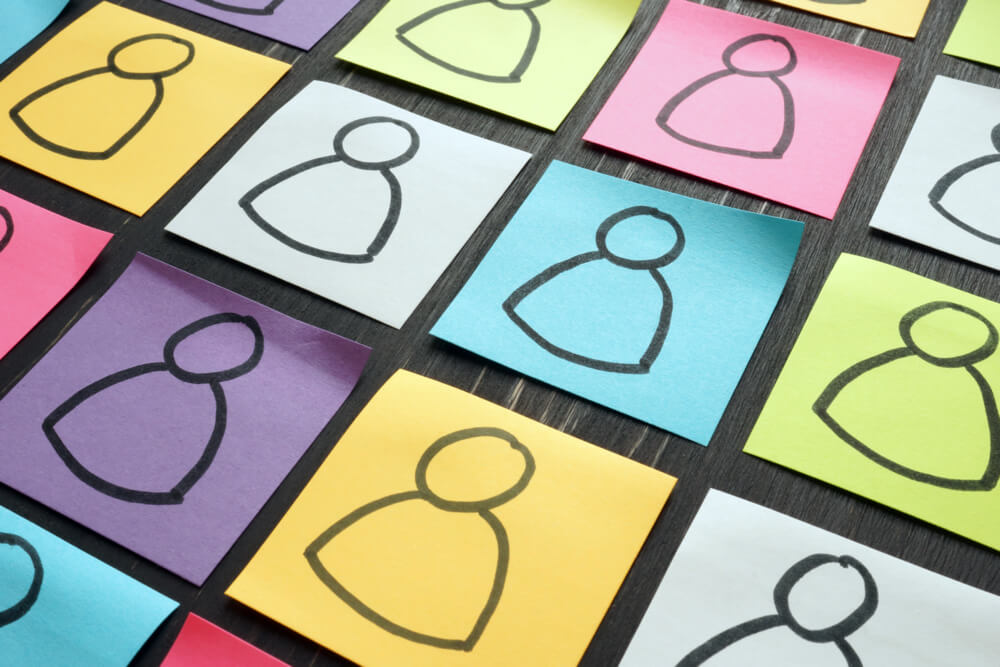Understanding Implicit Bias as a Tool for Change

Understanding Implicit Bias as a Tool for Change
Let’s talk about implicit bias. This is one of the trainings I give for clients who are starting their inclusion and equity journeys because I believe it should be one of the foundational pieces of understanding as organizations and individuals grapple with this work. The Kirwan Institute describes implicit bias as, “implicit bias refers to the attitudes or stereotypes that affect our understanding, actions, and decisions in an unconscious manner. These biases, which encompass both favorable and unfavorable assessments, are activated involuntarily and without an individual’s awareness or intentional control.” But we can’t talk about implicit or unconscious bias in a vacuum. It is necessary to create a collective understanding around systemic racism in order to understand how implicit bias is a part of upholding systemic oppression. Discussing implicit bias is critical as it is another tool to help us understand how our conscious intentions toward inclusion and equity can be disrupted, even without us knowing.
It is important to understand where our biases come from and the acknowledgement that the racist, sexist, hetero-normative, ableist, etc. society we live in, is prime breeding ground for the type of biases that reinforce stereotypes. Additionally, research suggests that implicit biases and stereotypes — positive and negative — are maintained through persistent lack of contact with others beyond your “ingroup.” We are an incredibly segregated society (which is by design) and it requires us to engage in self-reflection about who we have surrounded ourselves with and who is missing from our little corner of the world. Only then, once we acknowledge and accept what is, can we now make the choice to do something differently.
We need to understand (and accept) the ways implicit bias shows up in our interactions and colors the decisions that we make. It can be difficult to process especially for those who hold values of fairness and equality as part of their identities. That part oftentimes sits both deeply in our understanding of the world and creates a layer of goodness that we project out into the world. So, it’s no wonder that when people learn that the biases we hold do not necessarily align with the values we espouse, it can create confusion and discomfort.
I think it’s also important to understand the way implicit bias shows up in our organizations. It shows up in our hiring practices, from which resumes we select to the interviews we conduct to who we deem is the “best fit” for our teams. It shows up in the way we supervise our direct reports and who we tend to give “the benefit of the doubt” to and who we consider worthy for promotions.
The good news is that there are individual and organizational strategies that can help disrupt our biases. The most successful organizations are those that commit to both individual growth and awareness AND the changing of processes and policies. Ultimately, if we do not actively interrupt our implicit biases then they will go unchecked and if they go unchecked, we are allowing oppression and discrimination to go unchecked inside of our organizations. What will you choose to do?

Creating Cultures of Belonging
Where Everyone Can Thrive
NAVIGATION
NEWSLETTER
Sign up to receive our FREE newsletter.